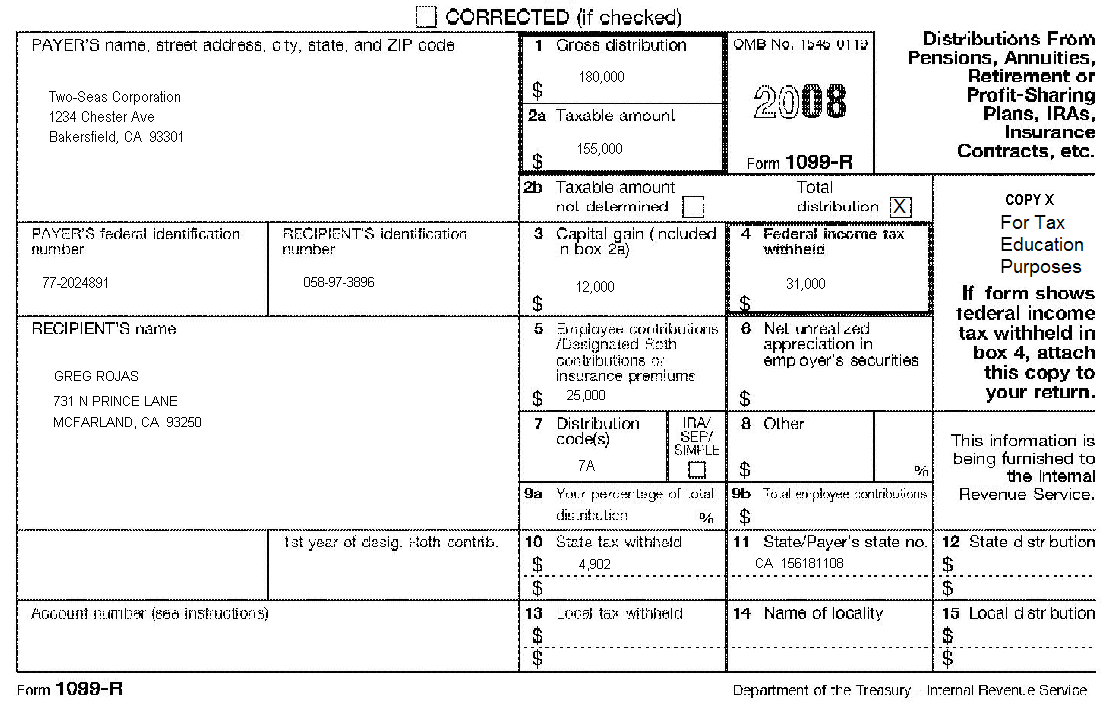|
|
|
Tax Lesson 28 - Pension and Annuity Income
|
|
This tax topic covers the tax treatment of distributions your receive from
pension and annuity plans. You will learn how to report the income on the
federal income tax return. How these distributions are taxed depends on if they
were received by periodic or non-periodic payments. In addition, in this topic
you will learn how to figure the tax-free part of the periodic payment under a
pension or annuity plan and also distributions from qualified and nonqualified
plans. Furthermore, you will become aware how to roll over certain distributions
and report benefits paid to beneficiaries and survivors of employees and
retirees. You will also learn how to report railroad retirement benefits and
when additional taxes and penalties on certain distributions may apply.
Tax School Homepage Student Instructions: Print this page, work on the questions and then submit test by mailing the answer sheet or by completing quiz online. Instructions to submit quiz online successfully: Step-by-Step check list Answer Sheet Quiz Online
Most forms are in Adobe Acrobat PDF format.
Please use IRS Publication 575 to complete this topic. Prepare Form 1040 and Form 4972 for Greg, who was born in 1940. Greg is a widower whose wife died in 2004. He retired from Two-Seas Corporation in 2008. He withdrew the entire amount to his credit from the company's qualified pension plan. In December 2008, he received a total distribution of $180,000 ($25,000 tax-free part of employee contributions plus $155,000 of employer contributions and earnings on all contributions). The payer gave Greg a Form 1099-R, which shows the capital gain part of the distribution (the part attributable to participation before 1974) to be $12,000. Greg elects 20% the capital gain treatment for federal for this part. Greg elects to figure the tax on the ordinary income part using the 10-year tax option for federal.
|
| Back to Tax School Homepage |




